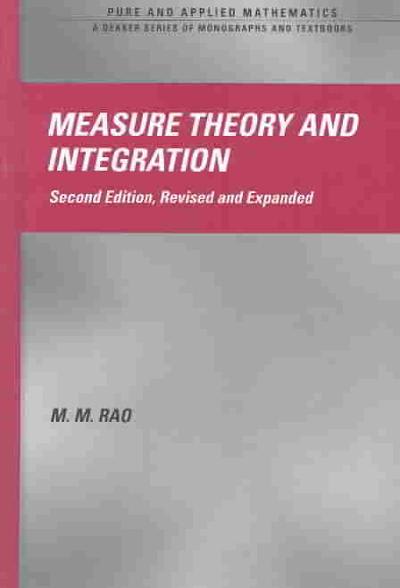Question
Suppose we are interested in explaining jail escapes. To investigate this issue, we take a random sample of 30 jails and ask the jail managers
Suppose we are interested in explaining jail escapes. To investigate this issue, we take a random sample of 30 jails and ask the jail managers to specify the number of escapes from their facility in the past year (Y). Based on our review of the literature, we suspect work-related morale and the extent to which facilities are understaffed affect things like supervision and motivation to identify and solve problems. So, first, we ask jail employees to respond to a number of questions regarding their morale (e.g., "I think my supervisors appreciate my work," "I feel secure in my job," "I like the people I work with," etc.). Using their responses, we compute a morale index, with higher scores representing higher morale (X1). Second, to measure the extent to which an institution is understaffed, we compute a jail staff-to-inmate ratio (X2).
Using data from our survey of jail managers and jail employees (See attached image), compute and interpret the following without the aid of R's built-in command for linear regression:
~ the values of b1 and b2
~ a (the intercept)
~ the predicted value of Y (number of escapes) for a jail with a staff morale score of 8 and a staff-to-inmate ratio score of 0.3
~ the beta weights for each partial slope coefficients
~ adjusted R2
~

Step by Step Solution
There are 3 Steps involved in it
Step: 1

Get Instant Access to Expert-Tailored Solutions
See step-by-step solutions with expert insights and AI powered tools for academic success
Step: 2

Step: 3

Ace Your Homework with AI
Get the answers you need in no time with our AI-driven, step-by-step assistance
Get Started


